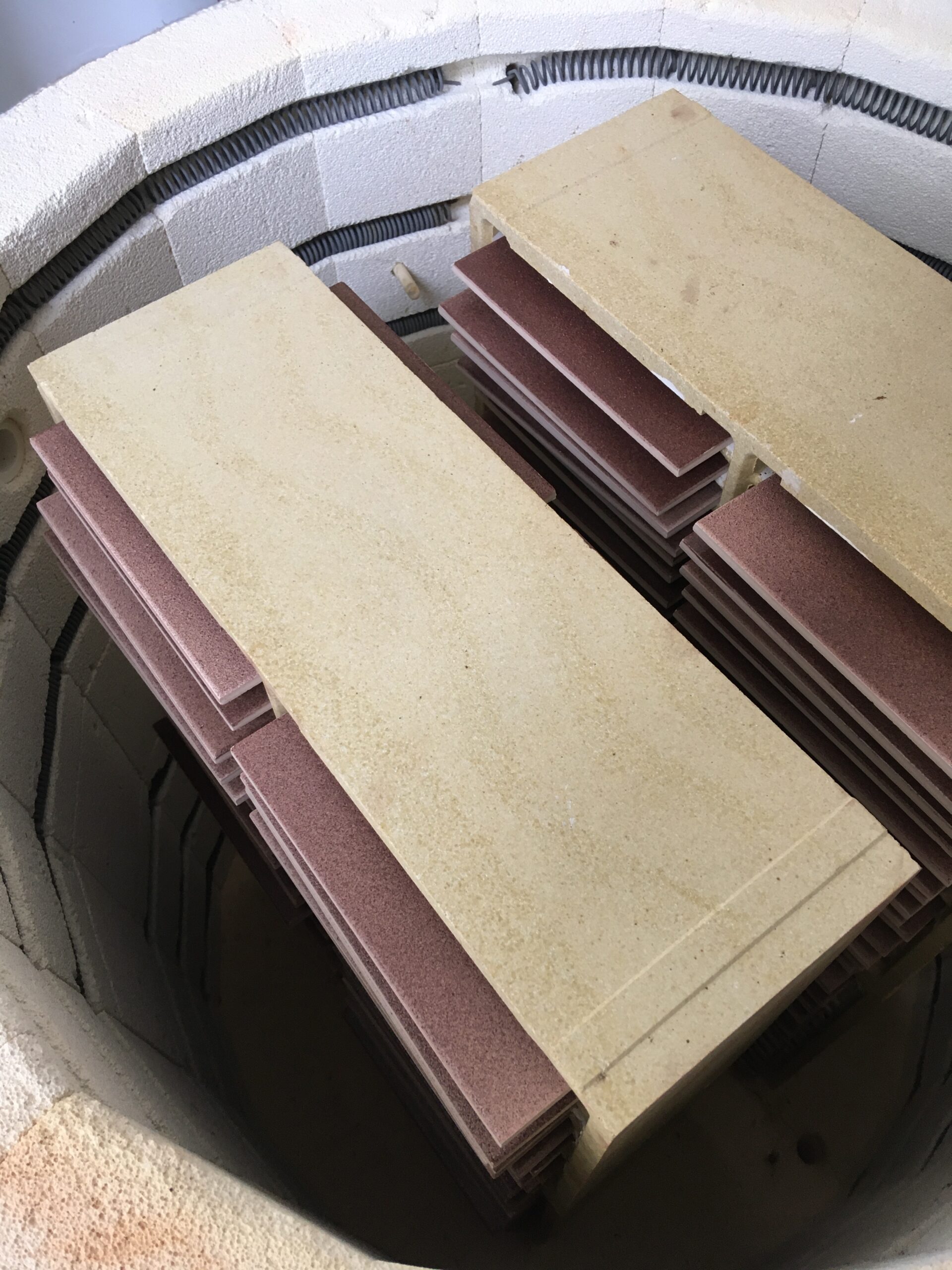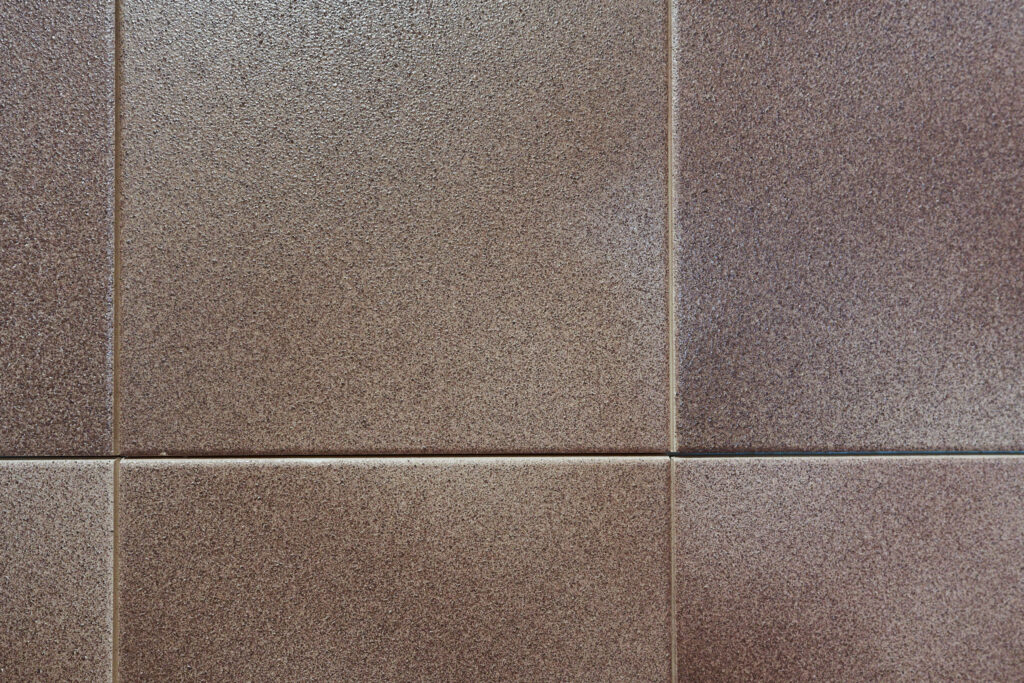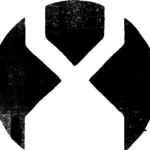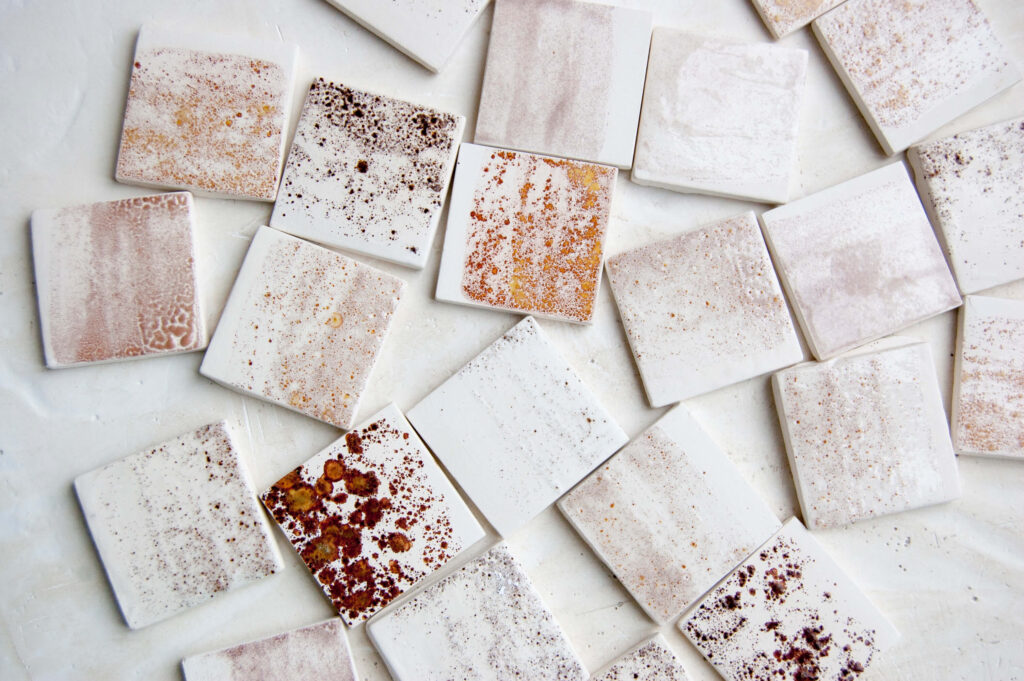The most important residual material that remains after the purification of our waste water is sewage sludge. This sludge contains contaminants that should not end up in the surface water, so the sludge is burned after a composting procThe most important residual material that remains after the purification of our waste water is sewage sludge. This sludge contains contaminants that should not end up in the surface water, so the sludge is burned after a composting process. The residual material from the combustion is fly ash, which in Amsterdam is given an aesthetic application in the ceramic glaze.
Made from
Earthenware, fly ash and glaze.
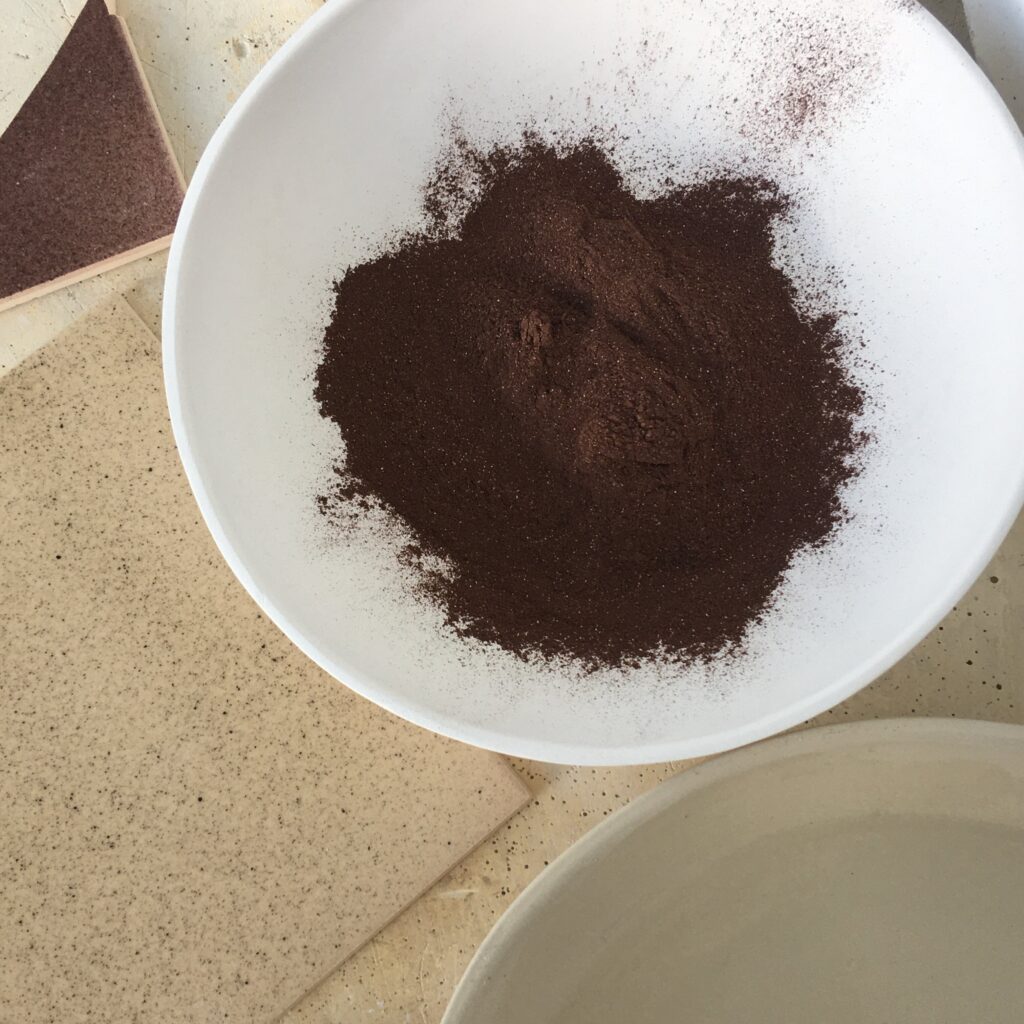
Production process
- Sewage sludge is the most important residual product when treating waste water. After the purification process, the sewage sludge is dried and incinerated.
- During combustion, the ash rises and is captured.
- The residual material after the sludge incineration is called fly ash.
- The fly ash is used as a raw material in ceramic glaze and applied to tiles.
- The tiles are kindled in the ceramic oven.
- The result is tiles stained by fly ash.
Applied
The ceramic glaze can have different applications, for example on vases or wall tiles. Previous tiled walls with glaze of residual materials from the water purification process were made for water board buildings in Zutphen and on Texel.
Environmental impact
The earthenware tiles with fly ash glaze give a residual product a new aesthetic value.
Growth opportunities
In the Netherlands, more than 80 million kilograms of waste ends up in the sewer every year, which is all processed, purified, composted and ultimately incinerated. So there is no shortage of the raw material. The tiles are made by hand in a limited edition in Amsterdam. In order to scale up, Studio Billie van Katwijk seeks cooperation with a tile manufacturer.
.
